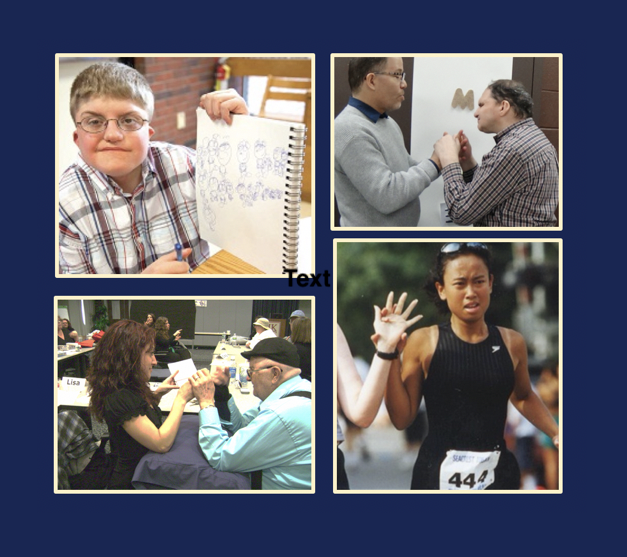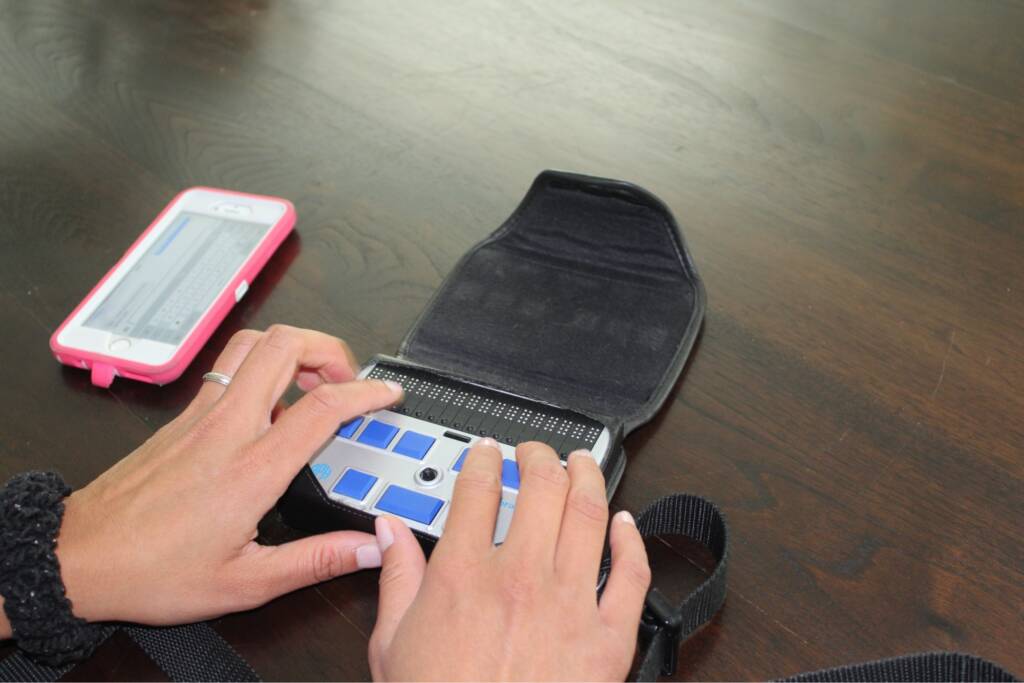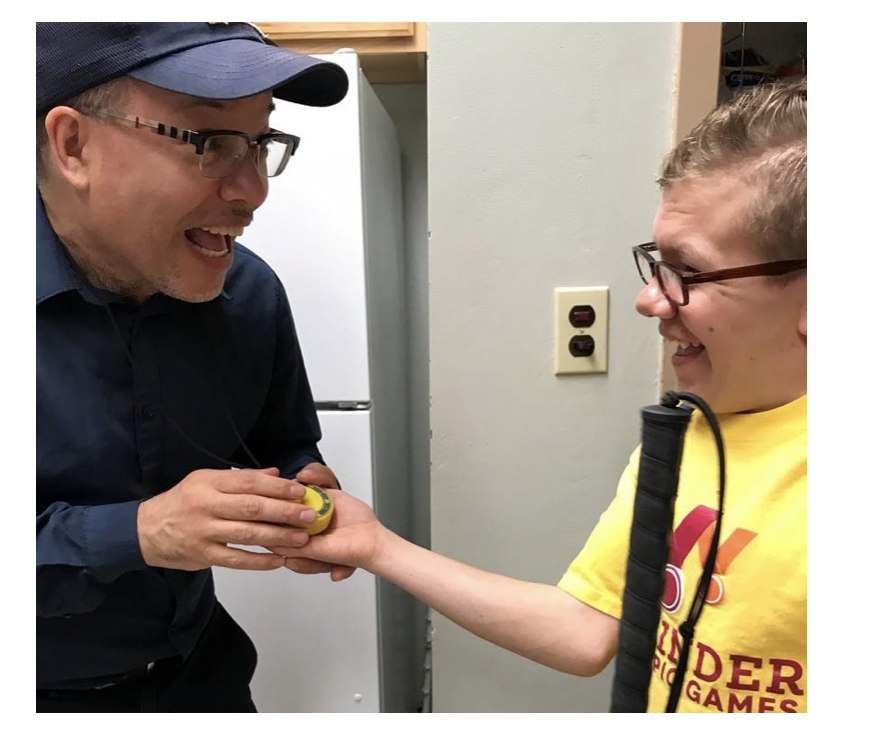This course provides VR counselors and other related professionals with information and resources that will help them support individuals who are DeafBlind to find and maintain fulfilling employment that leads
to a high quality of life.
Although there are many references in this course to the vocational rehabilitation field, other professionals working with individuals who are DeafBlind can benefit from almost all of the information in this course as it is primarily focused on specific supports and strategies that can apply to a variety of situations.
This module will focus on the role of the VR counselor when working with individuals who are DeafBlind. A brief introduction to communication, necessary accommodations and possible implications from various hearing and visual conditions will be provided in this module. However, HKNC highly recommends you consider the following courses to best meet the needs of your DeafBlind customers.
-
- Introduction to DeafBlindness and Etiologies
-
- Communicating with Individuals who are DeafBlind
-
- Remaining Current in the DeafBlind World
Additional Courses

Introduction to DeafBlind
Overview of Etiologies and Visual Conditions Commonly Associated with Deaf-Blindness
ACVREP CE Hours: 1


